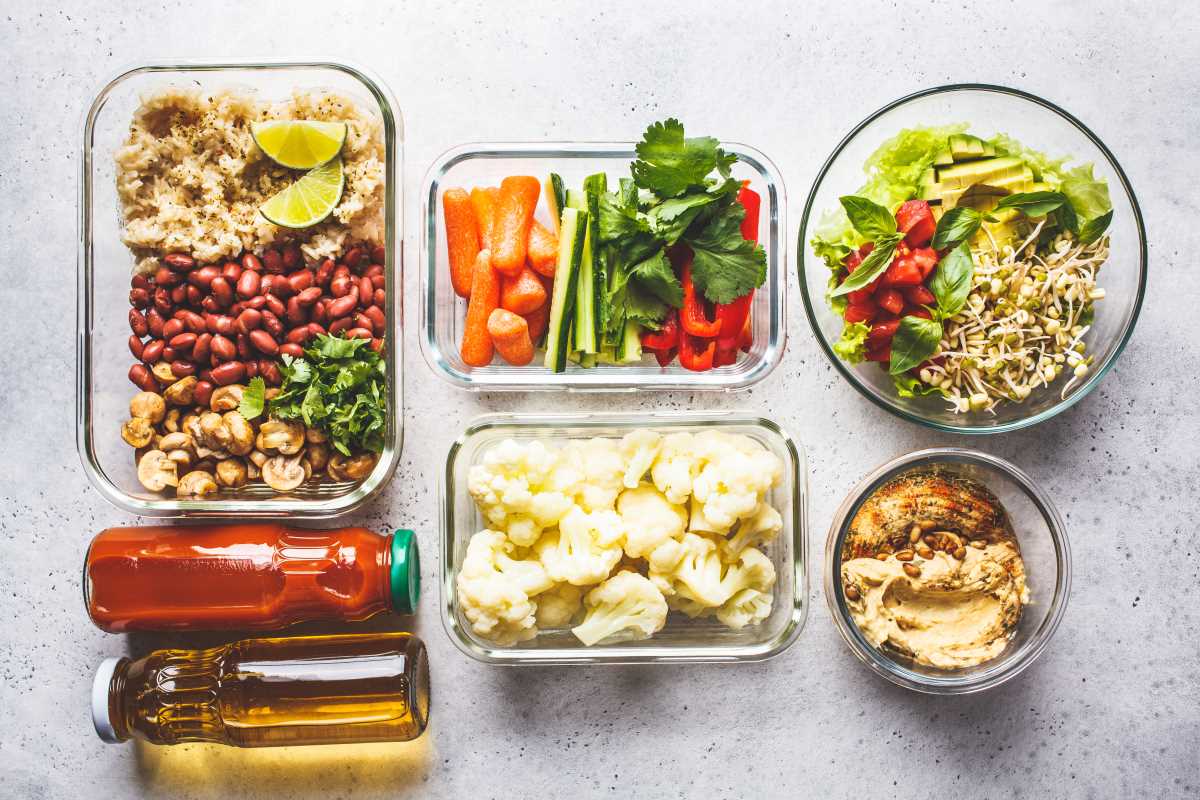Dealing with chronic pain can make staying active feel daunting, but movement is one of the most effective ways to improve your overall well-being and manage discomfort. Finding the right balance between activity and rest is crucial to avoid overexerting yourself while gaining the benefits of physical movement. With a thoughtful approach, you can discover activities that work for your body and enhance your quality of life.
Here’s an in-depth guide to help you stay active while navigating chronic pain.
Why Staying Active Is Important
It’s easy to fall into a cycle of inactivity when chronic pain is part of your daily life. However, inactivity can lead to weak muscles, stiff joints, and diminished overall health, which may worsen your pain over time. Physical activity, when done safely, can have a wealth of benefits:
- Improved muscle strength and endurance: Stronger muscles help support your joints, reducing pain and strain.
- Enhanced flexibility and mobility: Regular movement helps prevent stiffness and keeps your body limber, improving your range of motion.
- Boosted endorphins and mood: Exercise promotes the release of endorphins, your body’s natural pain-relieving chemicals, which can improve your mood and reduce your perception of pain.
- Better sleep: Physical activity helps regulate your sleep-wake cycle, leading to more restful sleep.
- Higher energy levels: Moving your body can combat fatigue, which is common in people with chronic pain.
The goal isn’t to push through pain, but rather to move in ways that your body can handle comfortably while gradually building your strength and endurance.
Tips to Stay Active Without Overexerting
Getting active with chronic pain requires patience and a strategy tailored to your unique needs. Here are some tips to help you maintain physical activity while limiting the risk of overdoing it:
1. Start Slow and Build Gradually
For those new to exercise or returning after a long break, it’s essential to start slow to avoid aggravating your pain. Even a short 5-minute session can make a difference. Over time, you can gradually increase the duration, intensity, and complexity of your activities as your body adapts.
- Begin with simple movements such as gentle stretching, light walking, or seated exercises.
- Experiment with short bursts of activity, like walking to the mailbox or doing light stretches in your living room.
- Celebrate small milestones, such as adding a minute to your workout or trying a new activity.
The key is to remain consistent. Even small, regular efforts can lead to significant improvements over time.
2. Listen to Your Body
Your body provides valuable signals about what it can handle. Pay close attention to how you feel during and after physical activity:
- Recognize the difference between discomfort and pain. A mild stretching sensation or light muscle soreness is normal, especially when trying new exercises. Sharp, sudden pain, however, is a sign to stop and rest.
- Use a pain scale to monitor your activity. If your pain level exceeds a 3 or 4 out of 10 (where 10 is the worst pain imaginable), it may be time to scale back.
- Track your progress by keeping a journal of your activities and how your body responds. This can help you identify patterns and determine what works best for you.
3. Focus on Low-Impact Activities
Low-impact exercises put less strain on your joints and muscles, making them ideal for individuals managing chronic pain. These activities still provide excellent benefits for strength, flexibility, and cardiovascular health. Some options to explore are:
- Swimming or water aerobics: Water reduces the impact on your joints while offering gentle resistance.
- Gentle yoga or tai chi: Both techniques emphasize controlled movements, flexibility, and mindfulness, helping you ease tension in your body and mind.
- Walking: A simple, accessible way to improve circulation and engagement with your surroundings.
- Stationary cycling or elliptical machines: These low-impact cardio options help build endurance without jarring motions.
4. Prioritize Stretching
Stretching supports your muscles and joints, helping to enhance your range of motion while reducing stiffness. It’s an important part of both warming up and cooling down. Here’s how to integrate stretching into your routine:
- Focus on areas that feel tense or tight but avoid forcing movements that feel uncomfortable.
- Hold stretches for 15-30 seconds to allow your muscles to relax fully.
- Incorporate seated or wall-supported stretches if standing movements aren’t an option.
For example, hamstring stretches (performed while sitting or lying down) or neck rolls can target commonly tense areas.
5. Break Activity into Manageable Sessions
Instead of setting aside an hour for exercise, consider splitting activity into smaller chunks spread throughout the day. This can help reduce fatigue commonly felt during longer sessions. For example:
- Try 10 minutes of yoga in the morning, a short walk after lunch, and some light stretching before bedtime.
- Set reminders to stand up, move, and stretch every hour if you work at a desk or have a sedentary lifestyle.
Breaking up exercises in this way can also make staying active feel less overwhelming, especially on days when your pain is more pronounced.
6. Warm Up and Cool Down
Taking time to prepare your body for exercise and recover afterward can lower the likelihood of pain flares:
- Before starting, gently warm up your muscles with light movements, such as shoulder rolls or marching in place.
- After exercising, give your body time to cool down with slow, deliberate stretches to ease tension and soreness.
A proper warm-up and cooldown routine can be the difference between comfort and setbacks.
7. Experiment to Find What Works for You
Everyone’s experience of chronic pain is different, which means there’s no one-size-fits-all solution. Don’t be afraid to explore various activities to discover what feels good:
- Dance in the kitchen while cooking.
- Garden or tend to household plants for gentle exercise.
- Use resistance bands for strength training exercises.
The key is to engage in activities that bring you joy and make movement feel less like a chore.
8. Seek Support
Engaging with a support system can make a big difference when it comes to staying active. Here are some ways to find encouragement:
- Join a class tailored to people with similar conditions, such as a water aerobics session for people with arthritis.
- Partner up with a friend or family member who can exercise with you.
- Consult a physical therapist or other healthcare provider to develop a personalized fitness plan.
Feeling supported may help you stay motivated and ensure you’re exercising in a way that’s safe for your body.
9. Utilize Assistive Tools
There are tools and equipment designed to make exercise more accessible for individuals with chronic pain:
- Use a stability ball or foam roller for stretches and core exercises.
- Explore walking aids, such as trekking poles or a cane, to reduce joint strain.
- Consider resistance bands to add light strength training to your routine.
These tools can help you adapt movements to suit your needs and reduce strain on more sensitive areas.
10. Stay Flexible with Your Routine
Chronic pain often fluctuates, so it’s essential to adapt your routine based on how you’re feeling each day. On days when pain is more intense, opt for gentler activities, such as meditative breathing exercises or restorative yoga. On better days, you may feel up to engaging in longer or slightly more intense sessions. Flexibility allows you to respect your body’s limits without falling into inactivity.
The Emotional and Mental Benefits of Activity
While physical benefits are often emphasized, staying active also has profound impacts on your emotional and mental well-being. Exercise helps:
- Reduce anxiety and depression, which are common in people with chronic pain.
- Provide a sense of accomplishment.
- Offer moments of mindfulness, helping take your mental focus off pain.
- Connect you with others, whether through group activities or shared interests.
Even a short walk outside can lift your spirits and provide a calming break from routine.
Final Thoughts
Living with chronic pain is undoubtedly challenging, but staying active doesn’t have to be overwhelming. By starting small, listening to your body, and focusing on enjoyable, low-impact activities, you can harness movement as a tool for managing pain and strengthening your body. Remember, progress is a series of small steps, and every effort you make toward staying active is a step toward better health. Keep your routine flexible, seek support, and treat yourself with kindness as you work toward finding a balance that works for you.
 (Image via
(Image via





